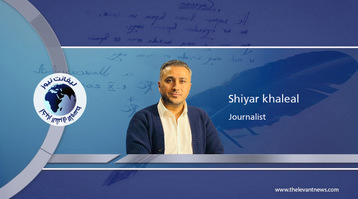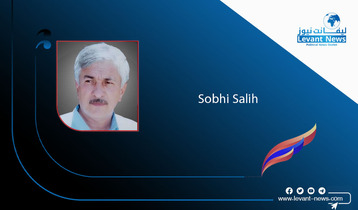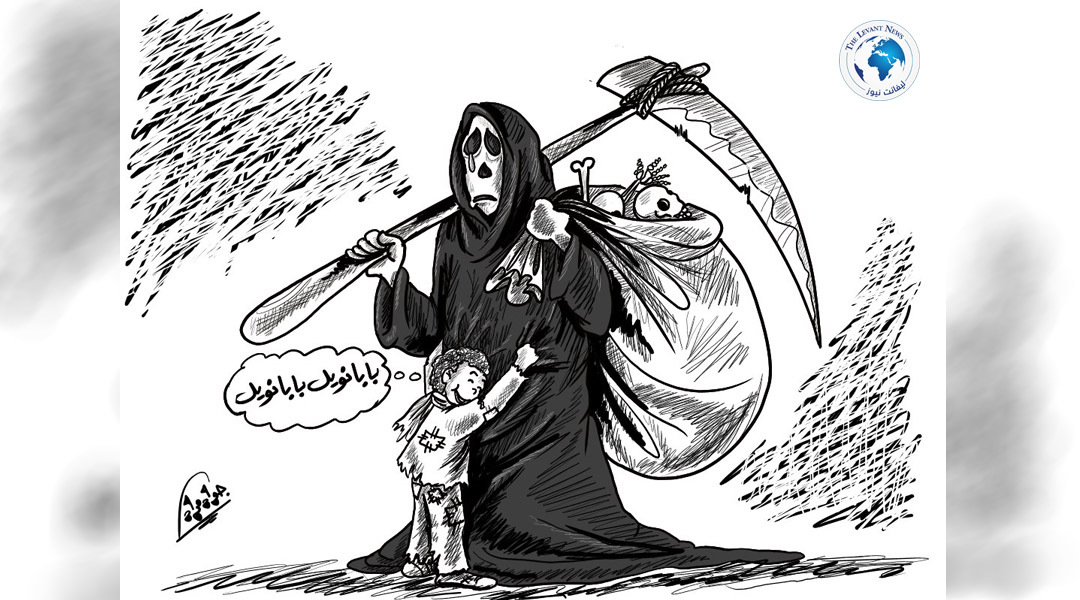-
The Claw that Turned Against the Body.. Ahmed Al-Shar'a and the End of Jihadi Salafism

Since its modern inception, the jihadist project has not been an automatic movement or a free religious impulse; rather, it was born within the corridors of Western intelligence decision-making, designed to serve a temporary role within a larger strategic conflict.
In the late seventies, with the Soviet invasion of Afghanistan, the United States exploited the emergence of "Jihadi Salafism" as an indirect weapon that achieved war goals without political costs. Fighters were financed, crossings opened, and thousands recruited through the famous “Cyclone” operation, which later became the prototype for all proxy wars under the cover of ideology.
When the Soviets withdrew, this network did not die; instead, it continued to grow and evolve until it collided with its patrons on September 11, 2001, when it seemed the claw had embedded into the body. However, what appeared as a rebellion was in fact an opportunity to re-engineer the tool, transforming it from a force of chaos into a targeted power, waiting for a quiet internal elimination moment.
In the following two decades, jihadism expanded in all directions, its leaderships clashed, and it lost control from the traditional Western coalition. Yet, the solution was not in open confrontation but in creating a “dagger within” that infiltrates the heart and cuts the arteries from the inside, then redefines the map to ensure the collapse of this structural entity. The Syrian scene, at its peak chaos, became the ideal stage for this role.
Borders opened, entire regions collapsed, and numerous flags rose under the slogan “Supporting the Syrian People,” yet behind colors and slogans, a focused operation was underway to gather all streams of global jihadism into one unified area.
This was not only about ending a jihadist project but about shaping a new, fragile environment, designed to remain so for a long time. An environment where old power centers are replaced by temporary entities, and the social fabric is reshaped in a way that guarantees it will not return to its previous state.
At this moment, Ahmed Hussein Al-Shar'a, a native of Damascus from a Quneitra family, who later became “Abu Muhammad Al-Golani,” emerged. He engaged early with al-Qaeda in Iraq, passed through Bucca prison, then left under still-mysterious circumstances to establish direct links with the organization’s leadership. When the Syrian revolution erupted in 2011, he was ready to take his next step: founding “Jabhat al-Nusra,” which quickly established its presence through discipline and structure, but its goal was not merely to replicate al-Qaeda’s experience, rather to move according to a much broader plan.
In 2014, Abu Bakr al-Baghdadi declared the “Caliphate,” but Al-Golani refused to join and chose to confront him. This was not just a doctrinal disagreement but part of his original mission: to enter the heart of the jihadist project and then reorganize it in a way that would pave the way for its dismantling.
Two years later, he announced breaking away from al-Qaeda and launched “Hay’at Tahrir al-Sham,” which began swallowing other jihadist factions one by one until Idlib became a closed laboratory containing all remaining global jihadist leaders, under strict security oversight and an undeclared coordination network with Ankara.
Over time, it became clear that Idlib was not only a “kill zone” for organizations but also a testing ground for a new political and security arrangement in Syria, based on a controllable authority from outside and guaranteeing the country’s perpetual loss of its traditional elements of power. By the end of 2024, the final scene was set.
The Syrian regime did not fall suddenly; it collapsed as if executing a calculated plan. Foreign forces withdrew, roads were cleared, and Hay’at Tahrir al-Sham entered Damascus without resistance. On December 8, Al-Golani entered the capital amidst exhausted cheers—not in celebration of victory but as a breath of relief from the previous nightmare. Days later, he declared himself an interim president, de facto, supported regionally and with international acquiescence, seemingly as an outcome of an unspoken agreement on Syria’s future form.
What happened was not the culmination of personal ambitions but the beginning of the final chapter: permanently ending the jihadist infrastructure while the country itself is being reshaped into a state that is easy to direct, weak, with no capacity to restore sovereignty or rebuild internal unity.
Now, with Al-Golani holding files, power, and legitimacy, the question in such projects arises: Should the tool be left behind after completing its mission, or should its file be closed along with others? History tends towards the latter option. It is most likely that Ahmed Al-Shar'a, who started his life within jihadist circles, will end as a final sacrifice—a quiet offering at the moment of closing the page, leaving the new map without witnesses from within.
You May Also Like
Popular Posts
Caricature
opinion
Report
ads
Newsletter
Subscribe to our mailing list to get the new updates!




















